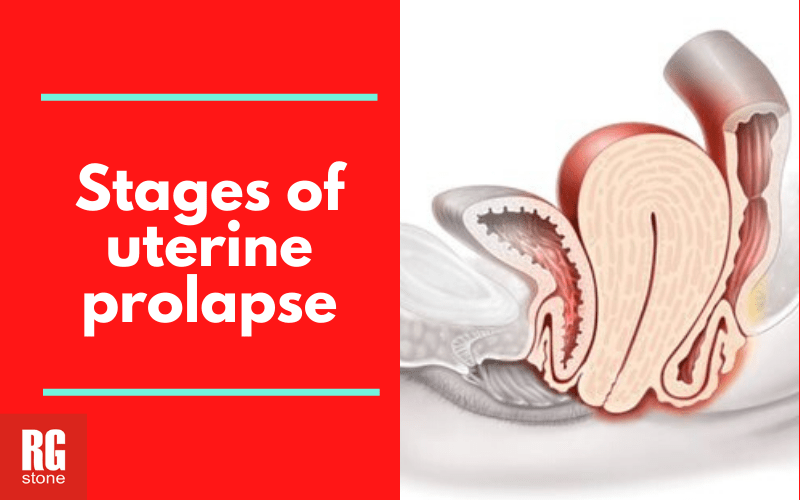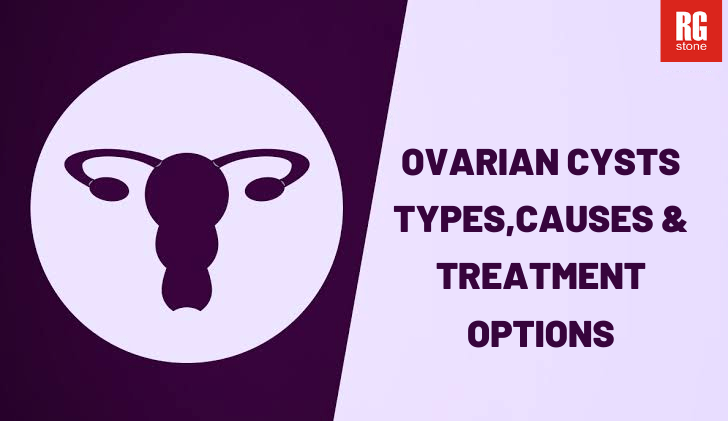Ureteric Stricture – Symptoms, Causes, Diagnosis & TreatmentThe urethra is a body part of both males and females which is responsible for passing out the urine from the body. It carries the urine from the bladder and throws it out of the body passing all the way through the penis.
The ureteric stricture either blocks the flow of the urine or slows it down and causes great discomfort and pain.
Common causes of Ureteric Stricture
Ureteric Stricture is a common problem in males. The reason behind it is that males have a longer urethra. Ureteric Stricture is rarely an occurrence in females and children. Ureteric Stricture can occur at any age and at any point of the urethra, from tip to the bladder. Any such structure can restrict the flow of the urine and cause a lot of problems. Some of the reasons for Ureteric Stricture are:
- Any shock to the urethra
- infection such as a sexually transmitted disease
- damage from surgery
- conditions leading to swelling
While these are the common causes, in most of the cases, there is no cause of ureteric structure is found.
In adults, however, there are additional reasons that can cause ureteric stricture, including:
- injury from an accident
- direct fall onto the scrotum or perineum
- prostate surgery
- kidney stone removal surgery
- urinary catheterization
- injury from other surgical tools
Common symptoms of Ureteric Stricture
Ureteric stricture has very commonly observed symptoms which include:
- blood in urine or dark-colored urine
- bloody semen
- obstructed urine stream
- spraying urine stream
- pain while urinating
- abdominal pain
- urethral leaking
- UTIs in men
- swelling of the penis
- loss of bladder control
How to diagnose Ureteric stricture?
When you approach RG Stones Multi-Specialty hospital with a Ureteric stricture problem, our doctors examine your body thoroughly to identify the problem. Some of the common exams that are recommended include:
- physical exam
- urethral imaging (X-rays or ultrasound)
- urethroscopy (to see the inside of the urethra)
- retrograde urethrogram
Treatment for Ureteric Stricture
Ureteric Stricture cannot be treated with medication and other treatments are used for a successful recovery. At RG Stones Multi-Specialty hospital we recommend different types of treatment for ureteric stricture depending upon the size of the stricture. We recommend the following ureteric stricture treatment:
- Dilation: The doctors use special methods to stretch the stricture gradually and make way for the urine to pass.
- Urethrotomy: A specialist cut the stricture with a laser or knife through a scope
- Open surgery: This is the process of surgically removing the stricture with reconnection and reconstruction. The doctor may possibly use grafts (urethroplasty) for a successful surgery. Our doctors specialize in open surgery and ensure successful treatment for ureteric stricture.
We are a team of reputed and highly experienced urologists who have performed several successful ureteric stricture surgeries. We ensure a successful surgery and offer quick recovery.








